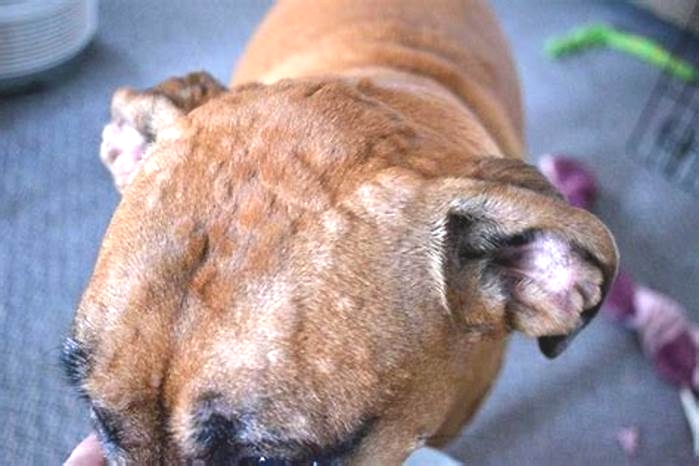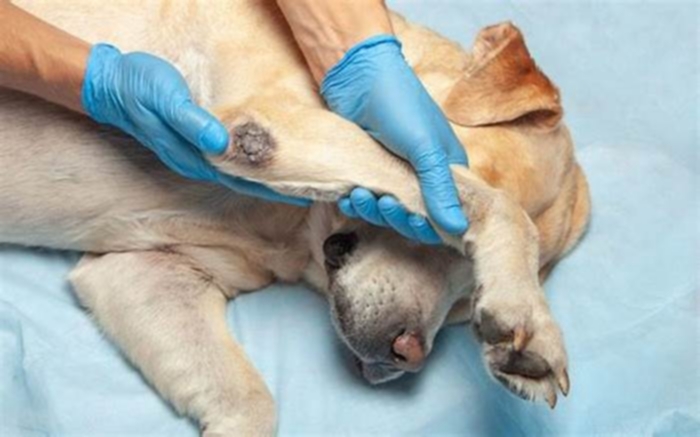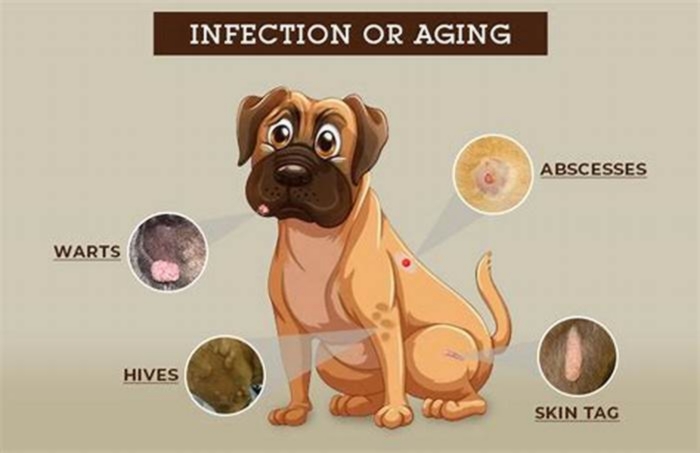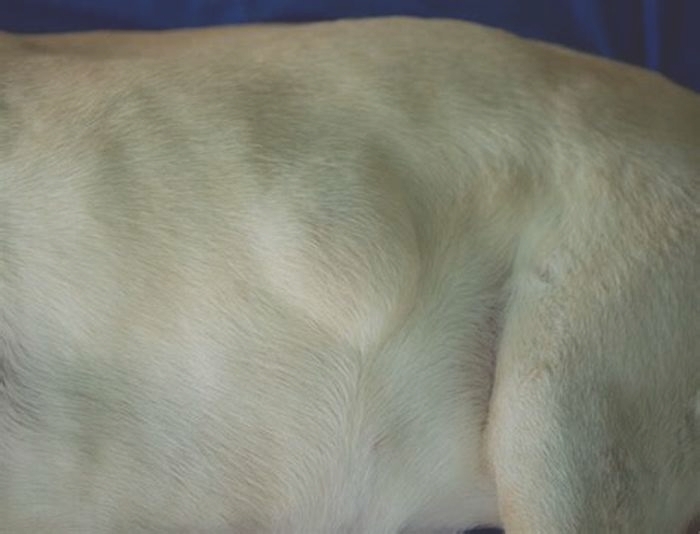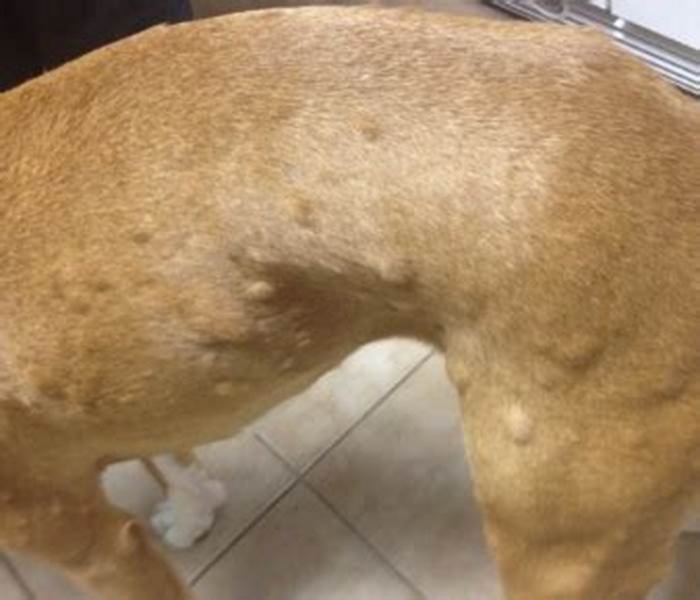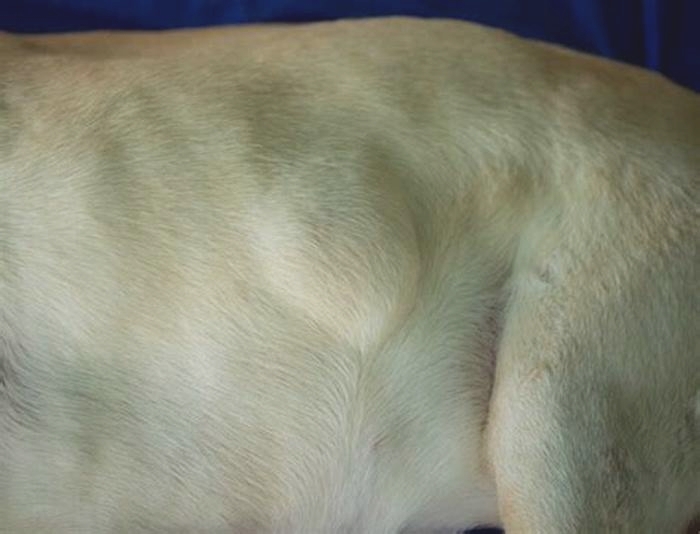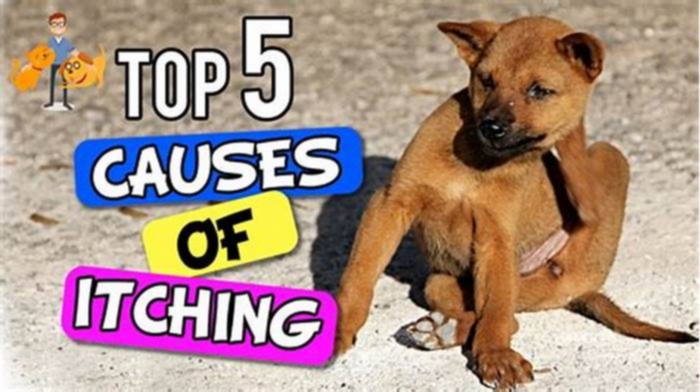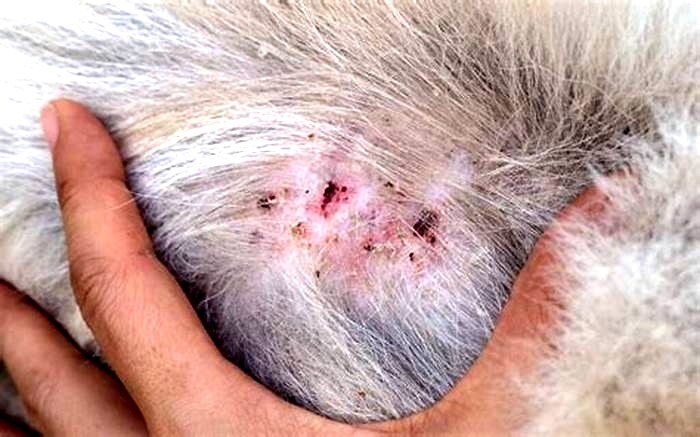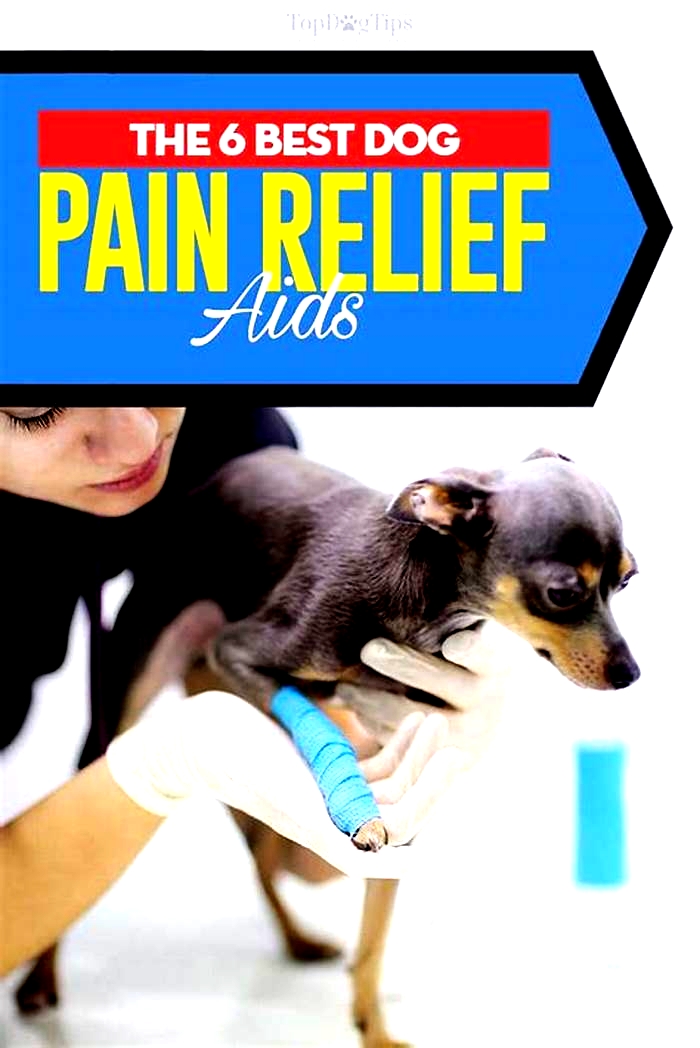Should I be worried about bumps on my dog
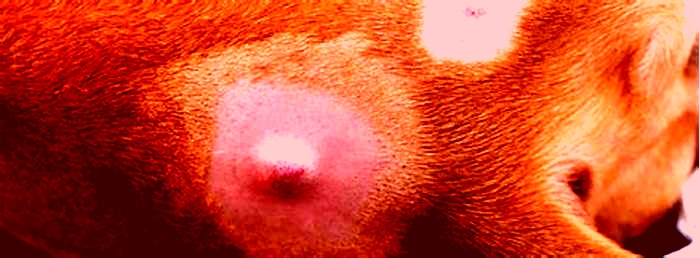
Lumps and Bumps on Dogs Skin: Signs, Symptoms, Causes
What is that strange bump on your dog? Discovering a skin lump or bump on your dog can set your mind reeling and heart racing, but theres no need to panic. A bump on your dog doesnt automatically mean cancer. While skin bumps and strange lumps on dogs should always be taken seriously, certain types of bumps are more common than you might think, and theyre often harmless.
Types of Skin Lumps and Bumps on Dogs
Skin bumps that youre likely to find on your dog fall into several categories. Some of these are more common in older dogs. As a new puppy owner, youll want to file these away and keep an eye out for them as your pup ages. While some of these are non-cancerous, some can be caused by infections or other underlying conditions. Its always best to have a veterinarian examine and diagnose anychanges to your dogs skinand determine a course of treatment, if needed.
Lipomas
These fatty tumors appear as soft, round lumps of flesh beneath the skin. Theyre made up entirely of fat cells and are always benign, or non-cancerous. Lipomas are usually found in older dogs and dogs who are overweight. Larger breeds are more prone to them, although they can be found in small breeds as well. Your vet may perform a fine needle aspirate, using a thin needle to collect cells and examine them under a microscope to verify that theyre fatty tissue.
Sebaceous Cysts
These are smaller bumps that can look like a pimple or a wart. They form from blocked oil glands and may burst and release a pasty, white goo. These most commonly occur in breeds with fine hair, like the Poodle and the Bichon Frise. They may disappear on their own, although some can remain for years and have the potential to become infected. Surgical removal is an option if they irritate your dog.
Warts
These small, cauliflower-like bumps are caused by the papillomavirus. They occur most often in puppies who dont yet have fully-developed immune systems and usually disappear on their own. Although the virus is contagious between dogs, it cant be transmitted from dogs to humans.
Skin Tags
These are fibrous bumps that look like small flaps or raised stalks of skin, although they may occasionally look like small bumps. They may or may not have hair growing on them. Skin tags are caused by overactive cells called fibroblasts and can occur in dogs of any breed or any age. Theyre often harmless, although your vet might want to do a biopsy to make sure, especially if the tag changes in shape, color or size.
Abscesses
Usually caused by an infection, abscesses are swollen tissue that can form around bug bites, animal bites, infected glands, and other types of sores. If not treated early they may burst, which is painful for your dog. Antibiotics may be required to treat the infection.
Button Tumors
Also known as a histiocytoma, these are benign tumors that affect puppies and young dogs between eight weeks and three years of age. Theyre caused by an overproduction of immune cells and typically disappear on their own.
Mast Cell Tumors
These are cancerous tumors that may occur either beneath or on top of the skin. Theyre often solid to the touch and irregular in shape. The appearance of such a tumor should receive immediate attention from a veterinarian. Theyll likely want to remove the tumor, if possible, before performing a biopsy to determine if cancer might have spread through your dogs body. If surgical removal isnt possible, you may be referred to a veterinary oncologist for chemotherapy or radiation treatment.
Most Common Bumps and Lumps on Puppies
Thankfully, cancer in puppies is rare. The most common types of lumps or bumps found on puppies are warts, skin tags, button tumors, and abscesses. In these cases, your dogs veterinarian may recommend a wart ointment or other skin treatment. There are also some supplements that claim to help dissolve fatty lipoma skin lumps on dogs. Its also not unusual for puppies to develop swelling at the site of a vaccination injection, caused by a conglomeration of immune cells that gather there.
Typically, this vaccination site swelling subsides within a week. However, in rare cases, this gathering of cells can turn into a malignant tumor. Contact your vet if a vaccination lump lasts more than a week. They may advise you to keep a watchful eye on it and bring your pup in for a biopsy if the lump continues past three months, is more than an inch in diameter, or continues to grow or change shape.
Although its rare, it is possible for puppies to develop certain types of cancer, so its important to have any lumps, bumps, or other changes in your puppys skin examined by a veterinarian.
When Should You Worry About a Dogs Skin Bump?
Have your dog examined immediately if you discover a lump thats hard or firm to the touch, irregularly shaped, or if you notice a change in any existing lumps or bumps regarding size, texture, or color. Your vet should also immediately take a look at any bumps that ooze fluid. But again, while some lumps and bumps are harmless, its best to let your vet take a look at any new bumps or lumps on your dog and let your veterinarian make that determination.
Dealing with the possibility of tumors or infections in your dog or puppy can be costly as well as emotionally stressful for both you and your pet. Pet health insurance can help cover some of the cost, giving you one less thing to worry about and letting you focus on the best treatment options for your companion.
Lumps On Dogs. How To Know When To Worry And What To Expect At The Vet
When you pay enough attention to your dog, as we know many dog parents do, there are times when youll find that something is out of place. Either theyre limping in a way that you dont know what caused it, or maybe they arent as interested in their toys the way they used to be. Changes like those arent always something that causes instant concern, but when you notice a lump or bump on your dogs body that wasnt there before, panic may come soon after.
While keeping your pet healthy and safe does sometimes require that knee-jerk reaction of fear, a lump or bump on your dogs skin doesnt always require a trip to an emergency vet. Below, weve broken down some of the different types of lumps that can be found on dogs. Of course, the only one who can tell you that for sure whether a mysterious bump is a cause for worry will be your vet, so be sure to schedule the next appointment available so your furry friend can get checked out.
What is a lump on your dog? How to identify something that shouldnt be there
For many pet owners, their dog is one of their best friends, if not the best. They spend a lot of quality time with their pet and possibly even their personal space. But even if you are spending every waking minute with your dog, theres a chance that something new may develop that you dont notice right away.
Lumps and bumps on your dog can easily be something you dont notice for a while. Either they are small enough that you dont feel it as it develops, or its in a spot on their body that you dont often come into contact with, like the inside of their leg for example.
Finding the lump is the first step. The second will be to not panic, not all bumps on a dog mean that they have cancer. That being said, your next step is to get an appointment with your vet to get the lump checked out and confirm whether its something that needs to be worried about or not.
Its also often recommended that you measure the bump; knowing where it started with an objective number makes it easier to keep track of the progress of the bump. There are times when our memories and eyes can deceive us into thinking that the bump is getting larger or smaller, and having a measurement will make it easier to know what changes haveor have notbeen happening.
Common types of lumps on dogs
Lipomas or fatty tumors
Lipomas are commonly thought of as a part of the aging process for dogs. They are benign tumors that are just a mass of fat cells under normal skin. These are usually soft, round, and movable. They are commonly found around the ribsthough they can show up in other places on the body as wellon middle-aged to senior dogs who lean toward being overweight.
Lipomas are often not something that you need to worry about on your dog. They are slow-growing and shouldnt cause your dog any discomfort. Your vet will ask you to monitor the growth and if it affects your dogs day-to-day life. If it grows quickly, or to a point your dog starts to have to work around it, it can be removed. Or it can be removed when its diagnosed, as well.1-9
Sebaceous cysts
The easiest way to describe this is that its like a pimple on your dog. A sebaceous cyst is a blocked oil gland on your dog. They can be small or grow significantly larger than youd expect a pimple to.
Do not try to pop a cyst on your dog. More often than not a sebaceous cyst will go away on its own either by shrinking away or popping in its own time and releasing a white, pasty substance. If you attempt to pop a cyst on your own there is a higher chance for it to become irritated or infected, and it can become a significantly higher threat to your dogs health in the long run. Its best to monitor a sebaceous cyst, and if it grows rapidly without popping check in with your vet. But do not try to pop it on your own.1-7,9
Abscesses
An abscess is swelling caused by puss building up under the skin. This can be caused by anything from an infection to an insect bite. Abscesses can develop quickly and become painful to your dog if not cared for quickly.
They will always require treatment by a vet to drain the puss safely and prescribe antibiotics to make sure that it doesnt return or spread infection in their body. While they do require a trip to the vet, they are not typically something that should cause great worry. Most often, they are taken care of and forgotten about once the antibiotics have run their course.2-9
Hematomas
A hematoma is a raised bruise on the surface of your dogs skin. It can be painful when touched for your dog and comes from a direct trauma to that part of their body. While a hematoma isnt necessarily something youd need to worry about for your dogs health, there is a chance that it is signifying more damage underneath that part of their skin, and should be checked out by a vet to make sure that there arent any hidden injuries, like a broken bone, beneath the bump.3,4
Warts
Warts are small bumps on a dogs skin that have a texture similar to that of cauliflower. They can be caused by many different factors, anything from viral infections, vaccination locations, and even just aging.
For most younger dogs, their body is developing their immune system and it will be able to heal the wart by itself. However, for older dogs, they may need to be removed by your vet. Either way, if you notice that your dog has developed a wart, it wouldnt hurt to give your vet a call to see what they think should be done or how to efficiently track its progression.2,4,5,6
Papules
Papules are small bumps that develop, usually around a hair follicle, due to an allergic reaction or are the result of a minor infection. Typically, they will go away on their own after the allergen is removed. However, if you arent sure that the bumps are papules, take your dog to the vet to get them checked out; they may also provide an allergy test to help identify what allergen caused the bumps to show up.4
Histiocytoma or Button Tumors
These are red, bubble shaped, non-cancerous tumors that appear on young dogs and puppies any time between ages 8-weeks to 3-years old. They are a buildup of excess immune cells that press into the skin. Normally button tumors are able to go away on their own, but if your pup starts to get irritated by it or bite and scratch it, it may be better to discuss a surgical removal with your vet.5,7,8,9
Mast cell tumors (cancerous lumps)
Mast cell tumors are the most common form of skin cancer in dogs. They can have many different looks depending on where, how, and when they develop on your dog. They can be both over the dogs skinwhere you would be able to see it past their furor under, hidden by their fur. They usually feel solid and firm to the touch and can be irregularly shaped, rather than the expected rounded bump.
Because mast cell tumors are a skin cancer, they need professional treatment. Your vet will likely recommend a surgical removal of the affected tissue as well as a small border layer around it to make sure that all of the cancerous cells are removed. When caught early, this process is very effective and your pup will be back on the move in no time.1-9
Enlarged lymph nodes
Lymph nodes can be found in many different areas of your dogs body. Swelling in lymph nodes can be an initial indicator that there may be an infection or something that your dogs immune system is fighting off.
Enlarged lymph nodes can be a sign of many different health troubles in your dog, so like all of the other lumps and bumps you may find on your dog its important to have it checked out by your vet.
Common places to find an enlarged lymph node include lumps on your dogs neck under their jaw or a lump in their armpit.
Enlarged lymph nodes can mean anything from your dog fighting a small infection to canine lymphoma developing in that area. In either case, noticing that there is a lymph node that is swelling, getting them to the vet as soon as possible to have tests run will greatly improve their chances for easy treatment.
What to expect your vet to do in response to the lump
When you take your dog to a vet to check out a lump that youve just found, if it isnt one of the more unique and identifiable bumps, like a wart for example, they will use different tests to identify what is causing the bump and how much you need to worry about it.
One of those tests will most often be a Fine Needle Aspiration (FNA). This is when your vet will take a small, unintrusive needle and stick the bump to get a sample of cells. Theyll look at the sample of cells under a microscope and use the information that they find there to identify if there are any cancerous properties in the lump and if not, what kind of lump it may be. A majority of lumps on dogs are diagnosed with an FNA.9
If the FNA is unable to identify what is causing the lump, your vet may sedate your dog to take a biopsy of the lump. A biopsy will require a part of the lump, or all of it if its small, to be removed and examined closely by a laboratory.8,9
If the lump has fluid inside, whether the fluid is the main cause of the lump or not, then an FNA cannot be done. In these instances, the fluid itself is extracted and sent to a lab for closer inspection on a molecular level to determine what that fluid is.8,9
Once your vet has the results of any of these common tests, they will come up with the best plan of action. For some cases, the plan will just be to keep an eye on the size and note if it starts getting smaller or larger; if the latter occurs then typically a secondary visit to the vet is necessary. For more serious cases they may recommend antibiotics or surgical removal.
While lumps dont always have to cause panic, its always better to be safe than sorry. Even if you feel confident that your dogs bump is the kind that will go away on its own, it doesnt hurt to give your vet a call. Many vet clinics also list an associate email address, and pet owners are encouraged to use this email address to ask questions and send in photos of their pet's issue. If a lump is something to be concerned about, the clinic will then let you know to schedule a physical appointment.

